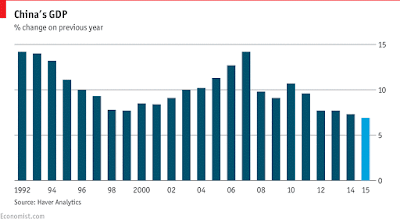Regular Triple Crisis contributor James K. Boyce and his colleague Michael Ash, both professors of economics at the University of Massachusetts and researchers at the Political Economy Research Institute (PERI), released the Greenhouse 100 index late last month. The list, including the 100 U.S. companies responsible for the largest total greenhouse gas emissions based on Environmental Protection Agency (EPA) data, shows a stunning concentration of emissions at the very top. “The top ten companies emit 12.5 percent of total U.S. greenhouse gas emissions from all sources, both stationary and mobile,” reports the press release describing the findings. “The Greenhouse 100 together account for 34 percent of emissions nationwide.” The full text of the press release follows, and the full list of the Greenhouse 100 can be found after the jump. In addition, a Real News Network interview, in which Michael Ash discusses the report, is available here. —Eds.
Researchers at the Political Economy Research Institute (PERI) at the University of Massachusetts Amherst today released a new edition of the Greenhouse 100 index, ranking U.S. industrial polluters on the basis of their emissions of the gases responsible for global climate change.
Topping the list are three electrical power companies: Duke Energy, American Electric Power, and Southern Company. Each of the top three released over 100 million metric tons of CO2 equivalent emissions in 2014. Together, these three alone are responsible for more than five percent of greenhouse gas emissions from all sources combined in the United States – as much as the average annual emissions of about 75 million automobiles.
Other companies in the top ten are NRG Energy Inc., Berkshire Hathaway, Dynegy, Xcel Energy, FirstEnergy, and PPL Corporation. The U.S. government ranks sixth on the Greenhouse 100 list, weighing in at almost 75 million metric tons – equivalent to more than 15 million cars. US Steel, ranked number 21, is the top non-energy corporation on the list.
The top ten companies emit 12.5 percent of total U.S. greenhouse gas emissions from all sources, both stationary and mobile. The Greenhouse 100 together account for 34 percent of emissions nationwide.
The data for the Greenhouse 100 rankings come from the U.S. Environmental Protection Agency’s Greenhouse Gas Reporting Program, which reports emissions from large facilities in the United States for the year 2014. PERI researchers matched the individual facilities to their owners to produce the Greenhouse 100 rankings.
Users of the web-based Greenhouse 100 can see the breakdown of emissions for individual companies by facility. PERI researchers also calculated the percentages of low-income and minority populations living within 10 miles of each facility. These provide an indication of the extent to which emissions of the toxic co-pollutants – such as particulate matter, nitrogen oxides and sulfur dioxide – that are produced along with greenhouse gases disproportionately impact these groups.
“The Greenhouse 100 index informs communities, consumers, and investors which large companies release the most climate pollutants into our air,” said Professor James K. Boyce, director of PERI’s Development, Peacebuilding and the Environment program. “People have a right to know about corporate responsibility for global climate change. Legislators need to understand the effects of corporate behavior on their constituents.”
The Greenhouse 100 accompanies PERI’s well-known “Toxic 100” rankings of corporate air and water polluters.
“In making this information available, we are building on the achievements of the right-to-know movement,” explains Professor Michael Ash, co-director of PERI’s Corporate Toxics Information Project. “Our goal is to engender public participation in environmental decision-making, and to help residents translate the right to know into the right to clean air, clean water, and a livable planet.”
Read the rest of this entry »

